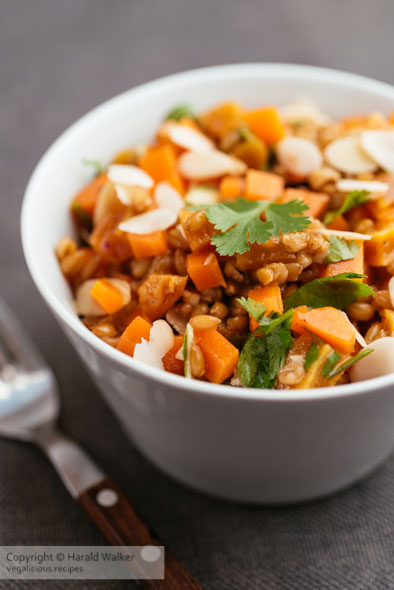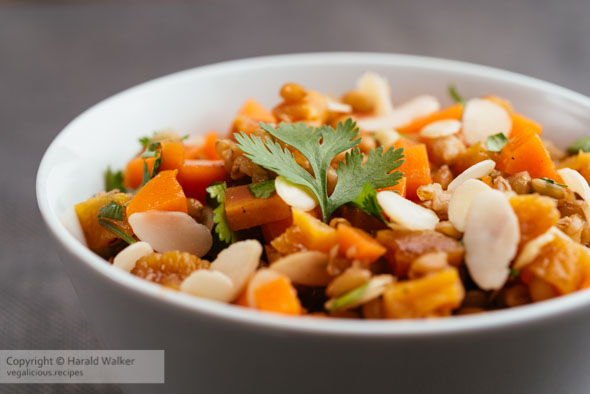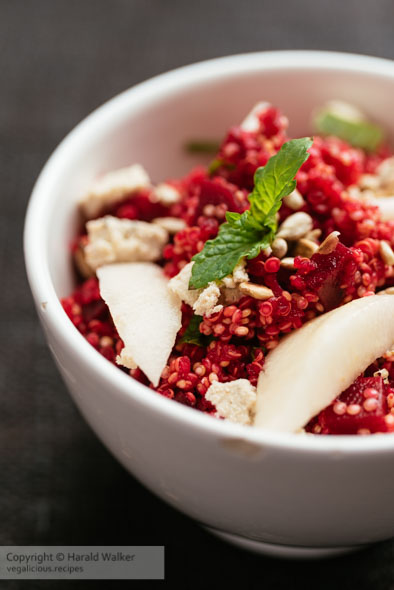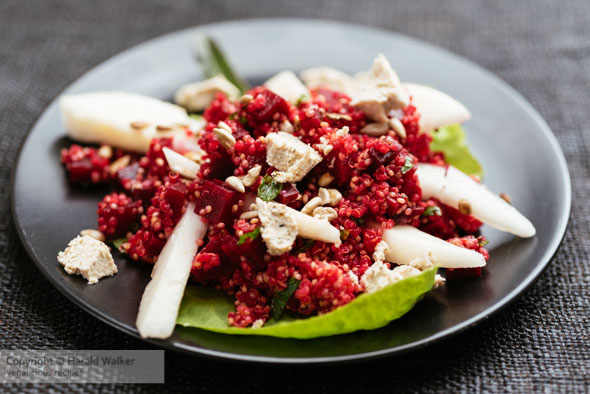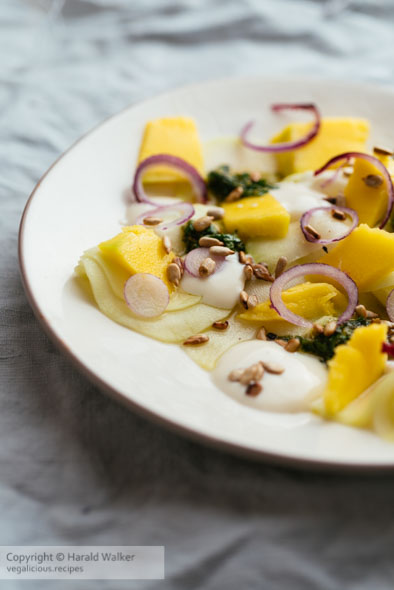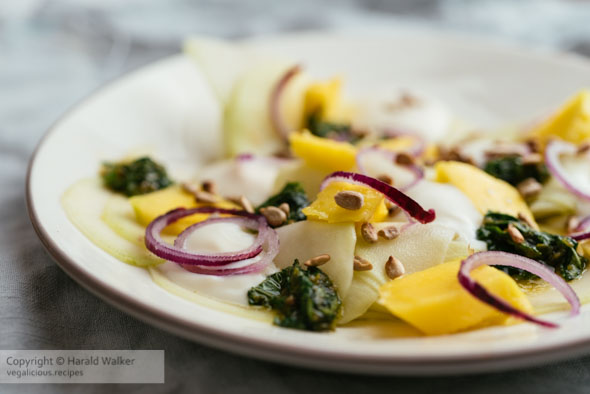Taken from The Sourdough School founder Vanessa Kimbell’s new book, Sweet Sourdough, this muesli guide encapsulates the concept at the heart of the book: to nourish the microbiome with the most diverse range of plants, nuts, seeds and grains available.
Diversity muesli mixes
While the flour blends are the base for biodiversity in all our bakes, mueslis are the key to super-boosting your range and diversity score. At the School, we use these mixes in the diversity breads and in our porridges. Sometimes I make my muesli from scratch, but often I find an organic version and add the more expensive ingredients or the ones I particularly like. It’s a shortcut, but it’s a good one on so many levels because you can vary your muesli regularly with no effort, you don't have to bulk buy, and it is fresher when bought in smaller quantities.
Oats are at the heart of muesli, and they’re one of the most important ingredients at the School. Oats are humble and affordable and have high amounts of beta-glucan. I often add my own dried cherries and mulberries to muesli mixes. I also add vanilla powder, chopped dark chocolate, and pistachios. I like what I like, but make it yours.
Here is a guide to some of the things I look for in a diverse muesli mix. Aim for at least 20 ingredients, with more if you can. My mixes generally have a combination of 30 ingredients, giving a 30 on the diversity score! A word of caution to anyone suffering from IBS – you may need to experiment to find a mix that suits you. Avoid adding dried fruits and seeds.
Making your own muesli mix
Make up any combination you like, following the proportions given here.
60% Flakes
A mix of oats, rye flakes, spelt flakes, barley flakes, wheat flakes, puffed quinoa, puffed rice, buckwheat flakes, coconut flakes.
10% Dried Fruit
Including raisins, sultanas, apricots, blueberries, dates, banana chips, cranberries, goji berries, dried plums, cherries, figs.
10% Freeze Dried Fruit
A little goes a long way. Include blackcurrants, raspberries, cranberries. You could also add some freeze-dried beetroot.
10% Nuts
Activated nuts (which have been soaked in water and salt and then dehydrated) are better. Include nuts such as hazelnuts, almonds, Brazil nuts, cashews, macadamia nuts, pistachios, pine nuts.
10% Seeds
Seeds are delicious and highly nutritious. Try golden flax seeds, pumpkin seeds, sunflower seeds, poppy seeds, fennel seeds, sesame seeds.
3% Spices
Try adding spices such as cinnamon, dried ginger, mixed spice, vanilla powder or nutmeg.
This recipe was from The Sourdough School: Sweet Baking: Nourishing the gut & the mind book by Vanessa Kimbell and will be published on 3 September 2020, £25.00 Hardback, Kyle Books, www.octopusbooks.co.uk
from Planet Organic Blog https://ift.tt/35pCEvB
via
How to Save Money When Buying Organic Foods
